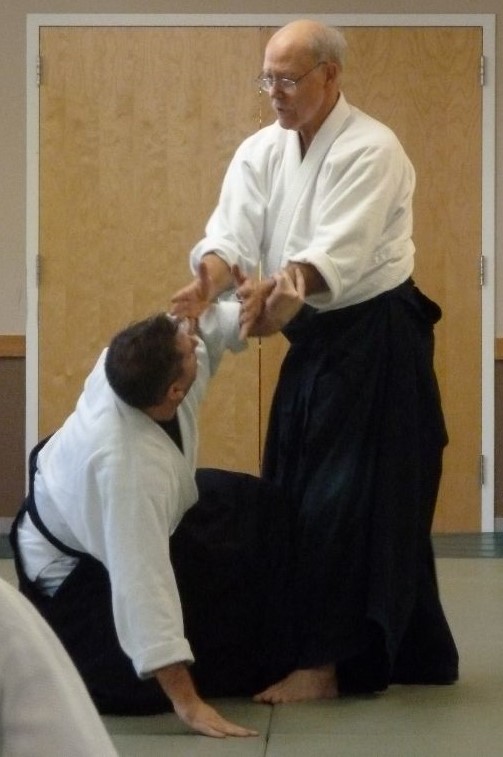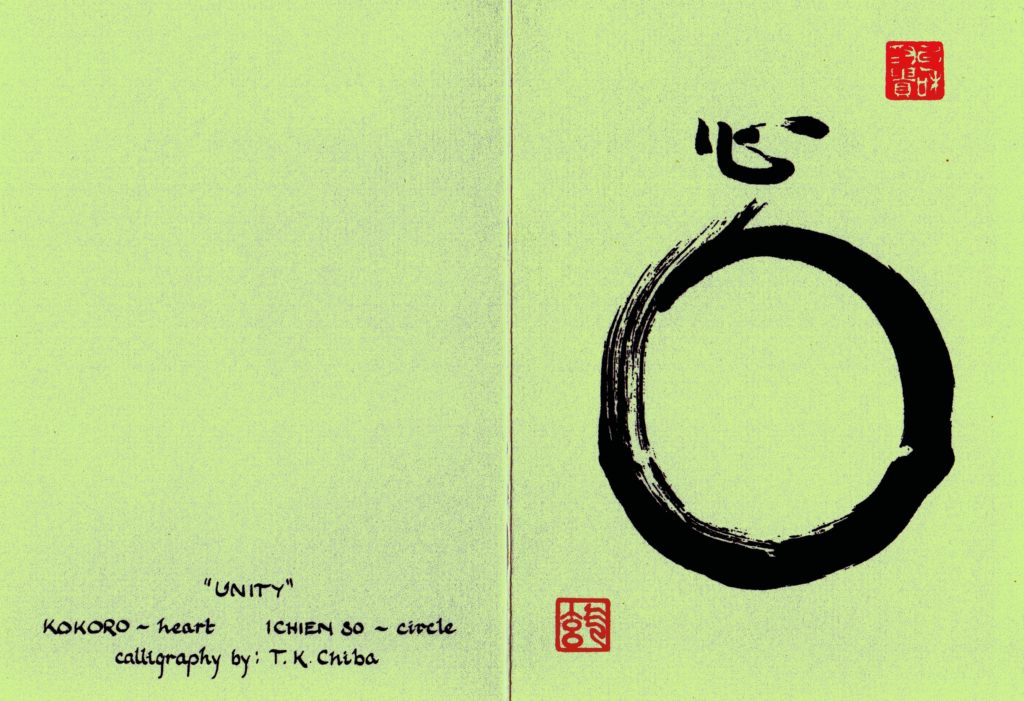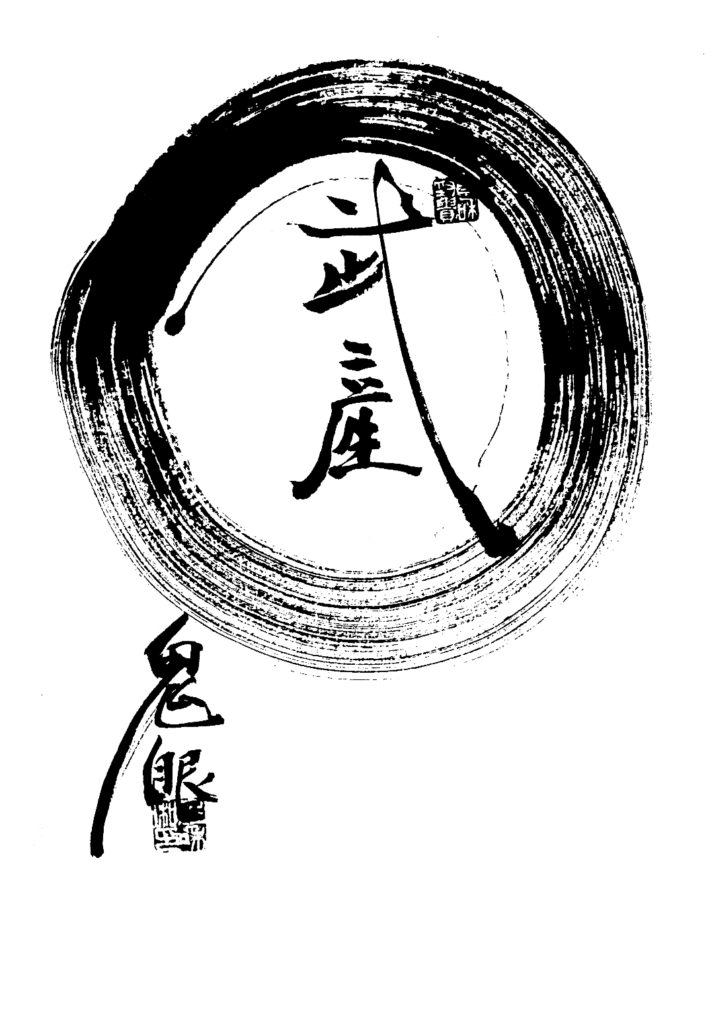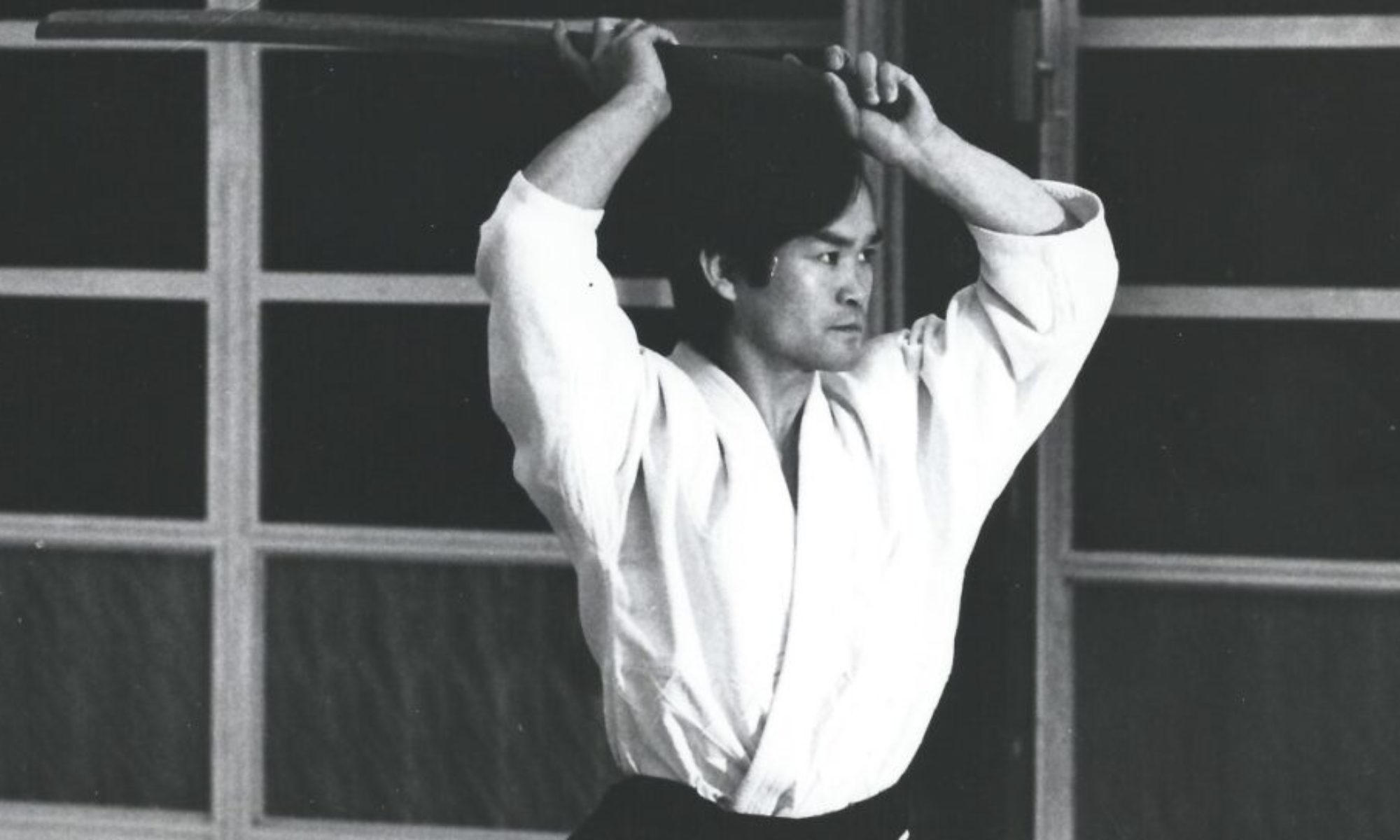Darrell Bluhm, Founder and Chief Instructor, Siskiyou Aikikai and member of BNA Senior Council

Editor’s note: The following is an excerpt from a future book presenting Chiba Sensei’s extensive writings on aikido, some of which will be republished in Biran Online over the coming year.
In traditional Japanese artistic disciplines such as Budo, it is understood that the teacher/student relationship is the means through which the transmission of the art (or Way) occurs: the art is transmitted directly from the body/mind of the teacher to that of the student. The articles in this collection of writings by Aikido master Kazuo Chiba must be understood in this context. The wisdom expressed here emerges from the effort to transmit the art of Aikido — not in the abstract, but as a living breathing force from one person to another. The commitment and passion that characterizes Chiba Sensei’s teaching can be found in part in these writings, but the reader unfamiliar with the master himself should try to appreciate the intensely physical and personal nature of his life’s work. Those of us fortunate enough to have studied directly with Chiba Sensei knew that he taught by example and through his ability to recognize each of us as a unique being.
The word sensei, Japanese for teacher, literally means “one who walks on the path before me”. Chiba Sensei embodies this. When I first began training with Chiba Sensei upon his arrival in San Diego in 1981, we practiced in a yoga studio that required us to put down and pick up the tatami mats before and after each class and clean the hardwood floors with damp rags. The latter was accomplished by holding the rag to the floor with both hands and then running across the floor, pushing the rag from behind, back and forth until the surface was clean. This was a strenuous enterprise, following an always exhausting training. Chiba Sensei would join us and when one of us would ask to relieve him of his rag he would refuse, stating, “It is my privilege to clean the dojo”. Once the routine for cleaning the dojo was established, Sensei eventually left the task to us, as there were many other demands on his time.
In his everyday teaching, Chiba Sensei never asked his students to submit to any rigor that he himself had not undergone. This offered little solace to us as students because Sensei’s arduous physical training was legendary (one mile of bunny hops, 3,000 continuous sword cuts, extended and intense periods of meditation and self-purification training). While his commitment to his own practice was uncompromising, he tailored his expectations of his students, taking into account age, temperament, health and each student’s level of commitment, challenging and inspiring us toward our development but never in a by-rote or mechanical way.
The responsibility of a teacher is to recognize his or her students for who they are and help them awaken to their own potential within a given discipline. This is inherently different from a parental role in which one is responsible for the nourishment and daily care of a child, while the deeper manifestation of who that child is, is by proximity hidden from the parent. The parent is too close to the child and their own emotional attachments and expectations cloud their perception. A teacher has a more objective and detached perspective to see into a student. In the Japanese martial tradition that Chiba Sensei followed, the teacher does have a responsibility to the spiritual nourishment of the student.
The requirement for achieving that obligation within this tradition is that the teacher must possess the eyes to see deeply into the student along with “the heart of the Buddha and hands of the devil” with which to awaken him or her. An outsider observing an interaction between teacher and student may only witness “the hands of the devil” and not appreciate the compassion that underlies the action. This aspect of Chiba Sensei’s teaching was linked to his commitment to sustaining the roots of Aikido training that lie in its historical and living relationship to Budo. Aikido, as created by its founder Morihei Ueshiba, is directed towards cultivating the harmonization of self with others (enabling individuals to act responsibly in a civil society), rather than the capacity to survive by any means in combat, which was the objective of past martial training.
The founder’s son, Kisshomaru Ueshiba, furthered his father’s work promoting Aikido as a highly ethical discipline, cleansed of many of the more vulgar aspects of martial arts, yet true to Aikido’s source, Budo. On the surface, the martial essence of Aikido can be difficult to recognize, especially when it is presented in its most flowing form, with large circular movements, graceful and elegant. Seen this way, it appears unrelated to the martial imperative to recognize where, when, and with what technique to kill an opponent.
Chiba Sensei brought the martial essence of Aikido closer to the fore, clarifying the highly rational and structured elements of his art, yet faithful to the deeper, more instinctual processes at work in each vital martial encounter. Within the crucible of his own dojo, he created the conditions for transmitting this art to his students, forging their bodies and characters in the fires of daily training.
The use of story, song, poem and philosophical discourse as a means to further the understanding and accomplishment of students has a long tradition in Japanese martial arts. Chiba Sensei’s writing draws from a deep well of literature from his own cultural tradition as well as sources outside. Having lived in Europe and the United States for over 35 years, he was also familiar with much of western philosophy and literature, such as the writings of Nietzsche, Wittgenstein, Thoreau, Emerson, Whitman and others. He always encouraged those of us who were his students to express ourselves in writing, exposing us to Japanese literary resources and prompting us to look within our own cultural traditions for inspiration. Within the first months of my training with him he requested that I read “The Swordsman and the Cat” from the appendices of D.T. Suzuki’s Zen and Japanese Culture and submit to him an essay based on my reactions to the story.
Every time one was tested for advancement in rank under Chiba Sensei’s direction, an essay on some aspect of training was required. While he encouraged students to draw from cultural literature as an influence for thinking and writing about Aikido practice, he was most pleased when the writing reflected an understanding of self and circumstance that had emerged directly from training. The writing presented in this volume represents knowledge distilled from a lifetime of training, a knowledge not limited to the intellect but one deeply connected to the body and the deeper and richer recesses of being.

For those readers who are not practitioners of Aikido or who have never had the opportunity to experience Chiba Sensei’s teaching directly, the essays offered in this volume can serve as an opening into a master’s world. The photographs and reproductions of Chiba Sensei’s brushwork that accompany the writing can widen that aperture and deepen your appreciation. If a picture is worth a thousand words, then to feel the touch of a master is worth a million pictures. For those of us who practice Aikido, these writings are a source for deep reflection and an encouragement to continue moving on our own path towards a deeper appreciation of Aikido and the unique miracle of our own lives.

